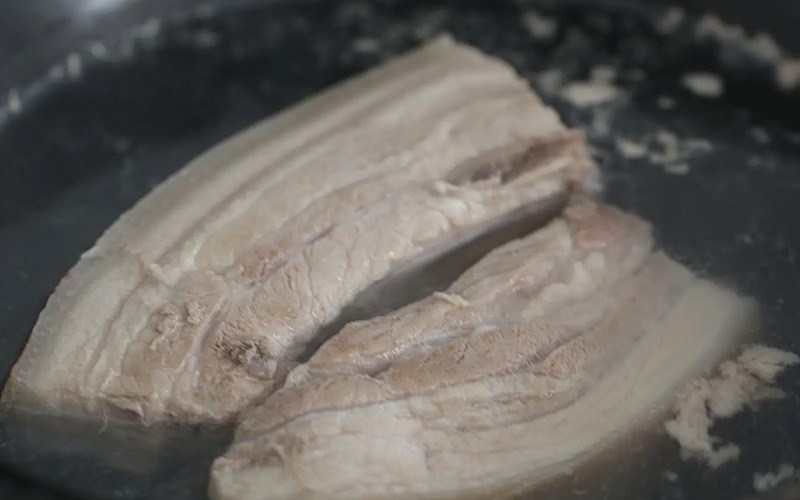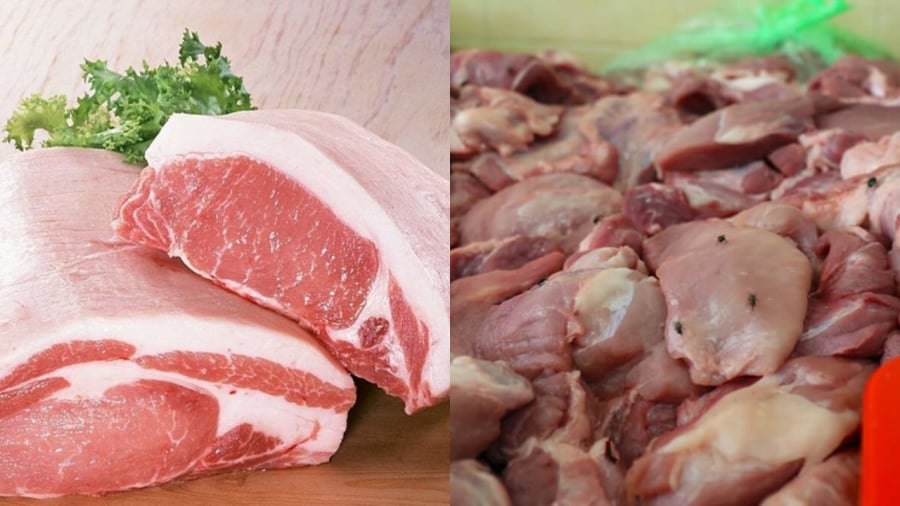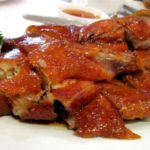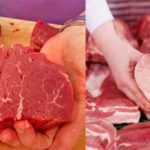Pork, an indispensable food in the daily diet of Vietnamese people, not only provides protein but also contains fats and a variety of minerals that are beneficial to health. Consumers always pay attention to issues such as antibiotic residues, preservatives, and substandard meat quality. Therefore, knowing how to distinguish between safe and unsafe pork, with signs of spoilage or staleness, is extremely necessary for cooks.
MSc. Dr. Nguyen Van Tien from the National Institute of Nutrition pointed out that after slaughtering a pig, it is classified into many different parts, including meat and internal organs. Specifically, in the meat section, there is also a division into different types with characteristic nutritional values.
The main types of pork include:
Pork with both lean and fat contains: protein 16.5g; fat 21.5g; calcium 9mg; phosphorus 178mg; iron 1.5mg; zinc 1.91mg; potassium 285mg; sodium 55mg; vitamin A 10µg.
Lean pork includes: protein 19.0g; fat 7g; calcium 7mg; phosphorus 190mg; iron 1.5mg; zinc 2.5mg; potassium 341mg; sodium 76mg; vitamin A 2 µg.
Fatty pork includes: protein 14.5g; fat 37.3g; calcium 8mg; phosphorus 156mg; iron 0.4mg; zinc 1.59mg; potassium 318mg; sodium 42mg; vitamin A 2µg.

Fresh pork when boiled, the broth is usually clear and fragrant
When buying these three types of pork, consumers need to pay attention to the following three characteristics to ensure the quality and safety of the meat:
Observation from the outside
– Characteristics of fresh pork: Dry surface, bright red or dark red and shiny, firm fat, and natural smell. The bone surface is smooth and the fluid in the joints is clear.
– Signs of non-fresh pork: Faded color or appears dark or even black, slimy meat surface, or starting to secrete slimy fluids. The fat is dark and has an unpleasant odor. The fluid in the joints appears cloudy and not clear.
Identification by cutting
– Fresh meat: When freshly cut, the meat has a natural and vibrant color, and the surface is not moist.
– Non-fresh meat: When cut, the meat appears a darker color, has signs of moisture, and is sticky.

When freshly cut, fresh meat has a natural and vibrant color, and the surface is not moist
Identification by direct touch
– Fresh meat: Moderate hardness, good resilience after pressure is released, leaves no trace after touching and does not stick to the fingers. The bone marrow is firmly attached to the bone and is bright in color.
– Non-fresh meat: Finger pressure causes a dent, but the meat will gradually return to its original shape and has a slightly sticky feel.
– Spoiled meat: When you press your finger into it, the dent takes longer to recover, and the meat is highly sticky.
According to Dr. Tien’s advice, the cooking method is also a sign to distinguish between fresh and non-fresh meat. Fresh pork after boiling has a clear broth, a fragrant smell, and a layer of fat on the surface that appears in large patches. Conversely, non-fresh pork when boiled will produce cloudy broth, an unpleasant smell, and fat on the surface that breaks up into small pieces. Specifically, with spoiled meat, the broth will be cloudy, the smell will be uncomfortable, and there will be almost no fat.



































